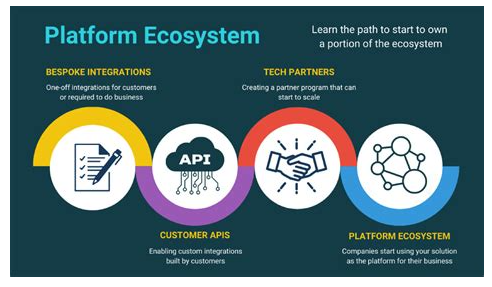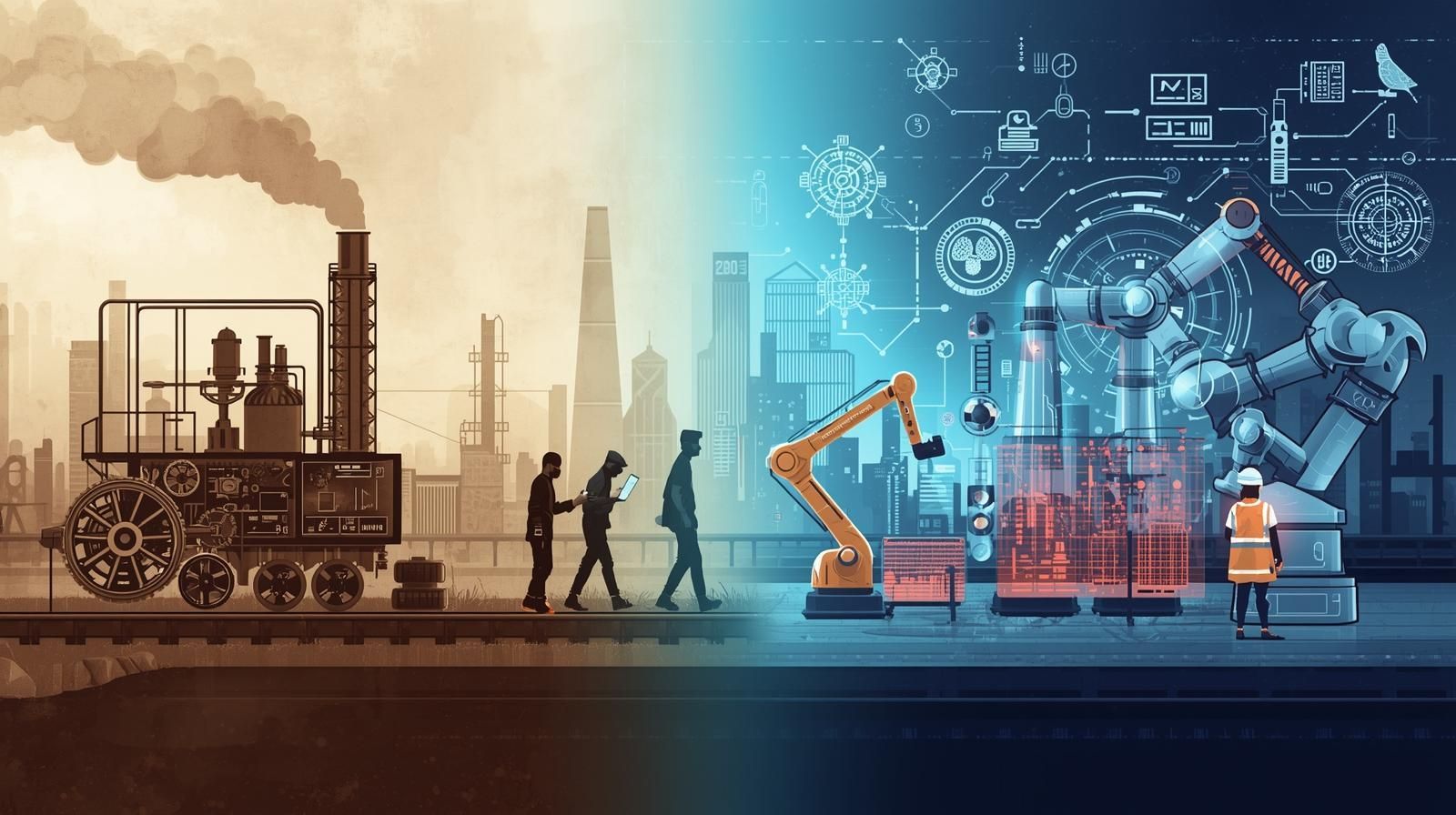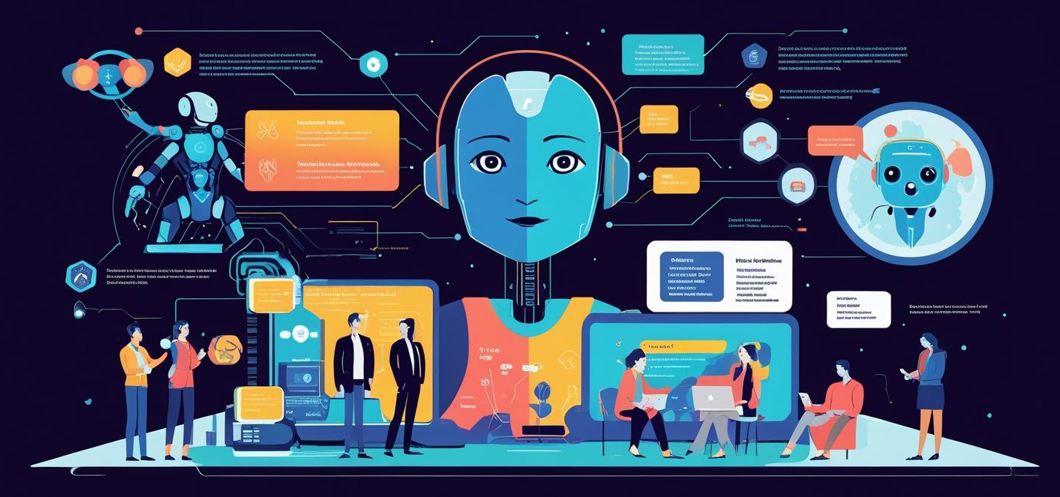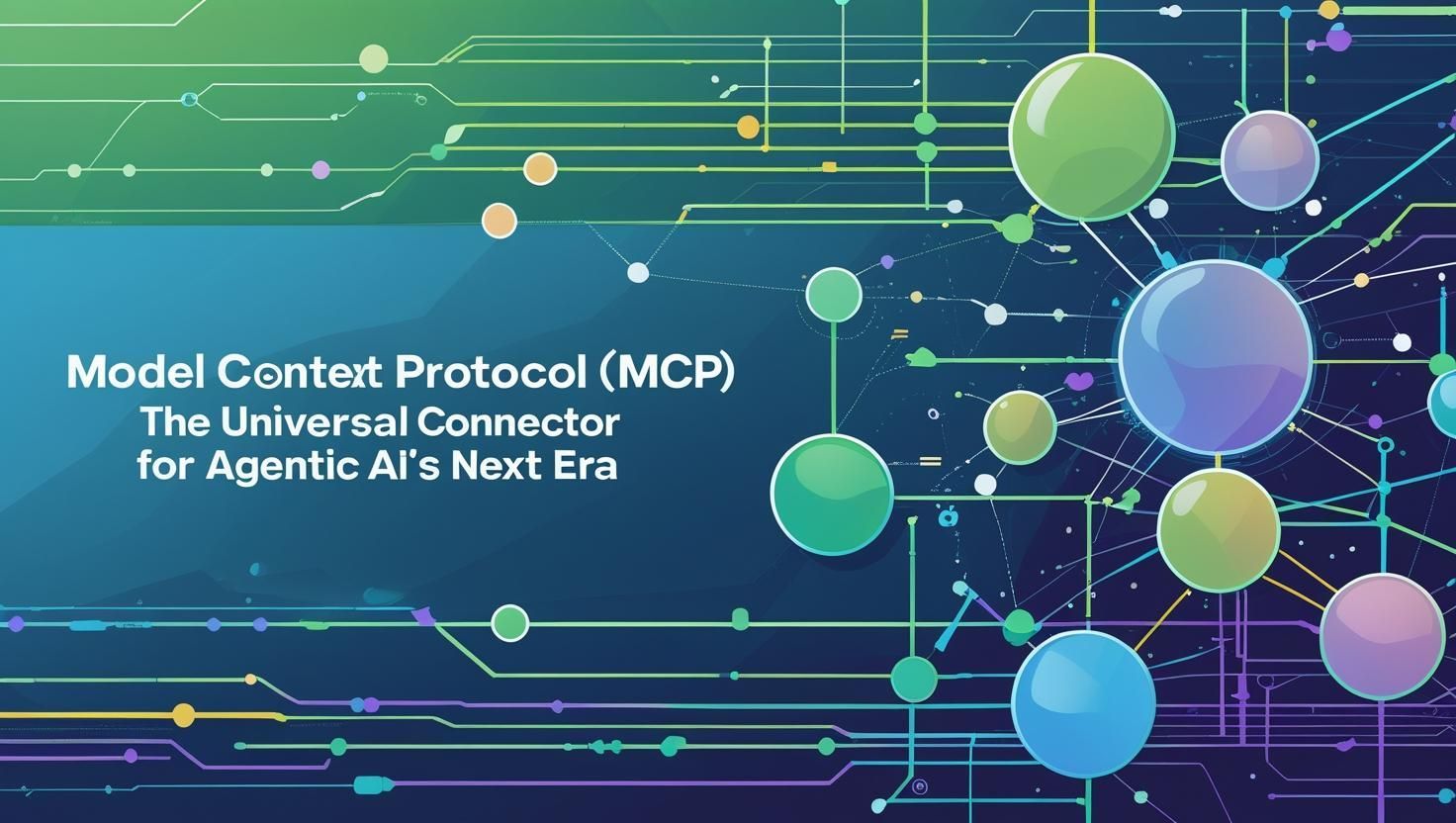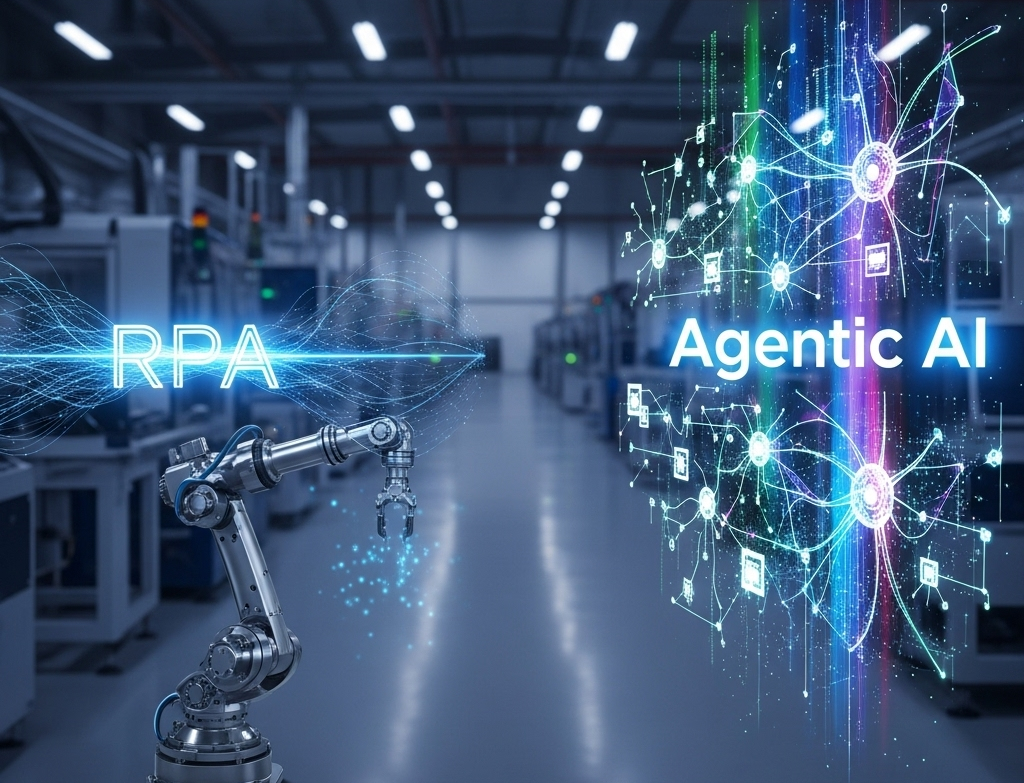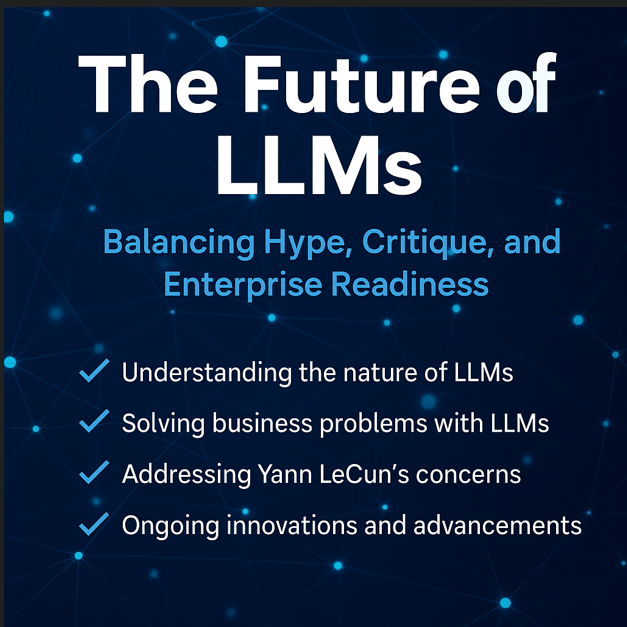AI: Bubble or Building Block? A Reality Check for the “AI-First” Narrative

What Do We Mean by “Bubble”?
Before debating whether AI is a bubble, let’s get aligned on the term itself.
Economists define a bubble as a period when asset prices soar far beyond their fundamental value, fueled by speculation and cheap capital. History gives us vivid lessons: the
South Sea Bubble of the 1700s, the
dot-com boom and crash of 2000, and the
housing crisis of 2008. Each followed the same playbook - excitement outpacing reality, capital flooding in, valuations detaching from fundamentals, and a painful correction when optimism cracked.
But in casual debate, “bubble” is often shorthand for “hype.” That’s where semantic confusion sets in, particularly around AI. Are we talking about
speculative AI-only startups chasing inflated valuations, or about
mega-cap technology firms embedding AI into every layer of their business? These are not the same conversation and collapsing them into one narrative dilutes the truth.
Not All AI Companies Are the Same
The
Magnificent Seven - Microsoft, Amazon, Google, Meta, Nvidia, Apple, and Tesla - were not born as “AI-first” companies. They are diversified technology giants with global infrastructure, customer bases, and research depth. AI is not their identity. Rather, it is a
force multiplier woven into existing products, platforms, and strategies.
Contrast that with the wave of
“AI-only” startups born in the wake of large language models (LLMs). Many are raising capital at extraordinary valuations without differentiated IP or clear paths to monetization. Here, we see bubble-like traits: copycat solutions, business models chasing hype rather than solving problems, and valuations untethered from revenue.
Market Euphoria and Valuation Extremes
The data paints a split-screen story.
- Mega-Caps: Nvidia has become the world’s most valuable company with a market cap above $4.4 trillion, outpacing Microsoft by nearly $700 billion. Its Data Center segment alone delivered 122% year-over-year revenue growth in 2025, driven by AI infrastructure demand. Meanwhile, Microsoft, Amazon, and Google are collectively pouring more than $350 billion into AI capital expenditures in 2025, with projections of $402 billion by 2026. These figures represent real spending, real adoption, and real returns.
- Startups: A wave of “AI-only” companies have emerged post-LLM release, often raising capital at extraordinary valuations without differentiated IP or defensible business models. Here, we see bubble-like traits - copycat offerings, unsustainable customer acquisition strategies, and valuations unmoored from fundamentals.
- Enterprises: Even established firms with strong balance sheets struggle to capture value. An MIT study revealed that
95% of enterprise AI pilots fail to progress beyond testing, meaning tens of billions in corporate spending yield little measurable ROI. This is less about survival risk, as with startups, but more about the
gap between AI promise and execution reality.
In other words, speculative excess exists in startups, and stalled value capture exists in enterprises. Both dynamics echo the late 1990s, when countless dot-com firms collapsed, even as a few transformed the economy.
AI Investment: Roaring Forward, but Returns Lagging
The enthusiasm is undeniable, but the ROI story is uneven. Corporate boards are approving record AI budgets, yet most enterprises struggle to translate pilots into production. OpenAI’s CEO Sam Altman himself - perhaps the most prominent evangelist - has cautioned that
investors may be overexcited, and a bubble is forming.
At the same time, retail sentiment is cooling. Tech stocks have lost some rally momentum, with everyday investors reducing exposure even as Wall Street raises long-term AI growth estimates. It is a reminder that markets are oscillating between hype and hesitation.
But the Fundamentals Aren’t All Hype
Despite these warning signs, the structural foundations being built are real and massive. Analysts project AI could yield
$275 billion in annual efficiency gains and generate
$780 billion in new revenue by 2030. That is an almost
80% compound annual growth rate.
The hyperscalers’ capital outlays are not speculation. Instead, they are long-horizon bets on embedding AI into the global economy. From healthcare diagnostics to financial services risk modeling, AI is not just a shiny tool – it is becoming the substrate of business workflows. Hemant Taneja of General Catalyst aptly captures this duality:
yes, speculative excess exists, but the long-term transformation of service industries is undeniable.
History Rhymes, but Doesn’t Repeat
The
dot-com crash is the obvious historical parallel. Between 1995 and early 2000, the NASDAQ rose nearly
400% - only to collapse by
78% by late 2002. Thousands of startups went bankrupt. Yet Amazon, Google, and the digital backbone of today’s economy were born in that frenzy.
AI is likely following a similar arc. Yes, speculative firms will fail. But the
infrastructure being built by profitable incumbents will endure. Unlike 2000, when fragile startups carried the banner of “internet revolution,” today the world’s most profitable companies are leading the AI transformation. That distinction matters.
The Signal Within the Noise
So, is AI a bubble? The answer is nuanced.
- Yes, bubble traits are visible in AI-only startups with unsustainable valuations and in billions of dollars wasted on pilots that never scale.
- No, when it comes to companies like Tesla, Meta, Microsoft, or Amazon. They are embedding AI into resilient business models, producing tangible revenues and operational efficiencies.
We are not in an “all or nothing” bubble. We are in a period of
speculative froth overlaying a generational technology shift. Some players will fade, but the infrastructure and value created will remain - just as the dot-com era gave us Amazon and Google despite the crash.
Closing Thought
As business leaders, investors, and technologists, we must resist oversimplification. Declaring “AI is a bubble” is as misleading as declaring “AI will change everything.” Both contain a grain of truth, but neither tells the full story.
History teaches us that bubbles don’t invalidate transformative technology - they accelerate the build-out of its infrastructure. The companies that treat AI not as a product in itself, but as a tool for solving real business problems, will be the ones that endure.
About Author:
Towhidul Hoque is an executive leader in AI, data platforms, and digital transformation with 20 years of experience helping organizations build scalable, production-grade intelligent systems.
